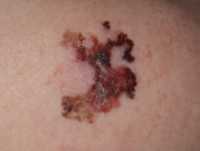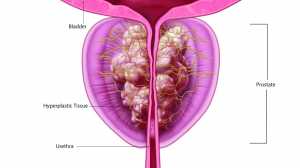Author Interviews, Biomarkers, Cancer Research / 07.10.2020
DetermaRx™ Stratification Test Identify Patients With Stage I-IIA Non-Squamous NSCLC Who May Benefit From Adjuvant Chemotherapy
MedicalResearch.com Interview with:
Padma Sundar, Senior Vice President of Commercial , OncocyteTM
oncocyte.com
MedicalResearch.com: What is the background for this announcement? How common is Stage I-IIA non-squamous NSCLC?
DetermaRxTM is a treatment stratification test to identify patients with Stage I-IIA non-squamous NSCLC who may benefit from adjuvant chemotherapy.
- Stage I-IIA non-squamous NSCLC represents ~20% of the lung cancer population and 40,000 patients annually in the U.S.1
- Patients with this diagnosis usually undergo surgical resection and are presumed “cured”. While these patients are presumed “cured”, the recurrence rate in early-stage NSCLC of 30-50%. Usually, these recurrences happen within the first two years after surgery and are likely due to the presence of occult distant metastasis at the time of surgery.2
- Until now, there has not been a validated means of identifying which early-stage patients are at a higher risk of disease recurrence and require adjuvant chemotherapy, versus those patients that are likely cured by surgery alone.





























